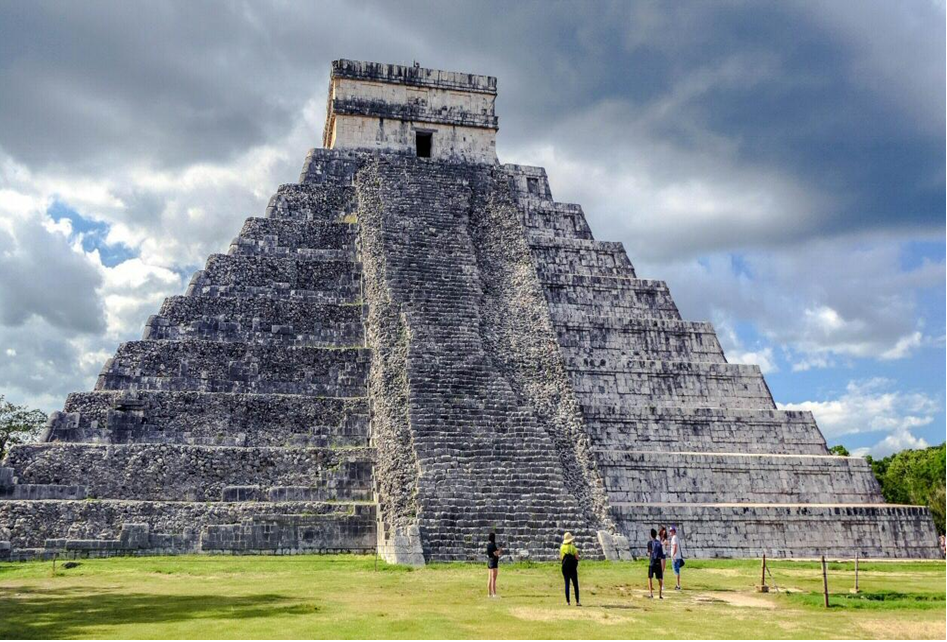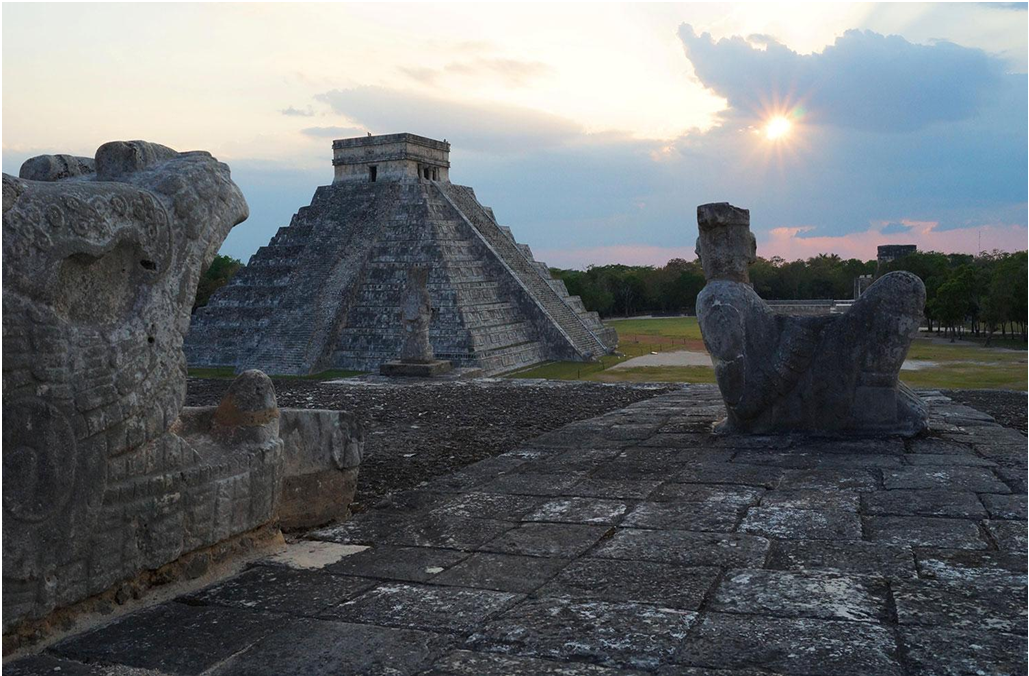Chichen Itza stands as the most important Mayan ruins, full of charm and charm more than 100 years after it was first visited as a tourist site on the Yucatan Peninsula in the early 20th century. Today more than 1.4 million visitors flock to the site every year, to learn about the Maya, to see how they might have lived, to honor winters and summers like the Maya, and to admire their once-powerful and vast civilization.
Yet despite Chichen Itza’s familiarity with modern culture among history buffs, thanks in part to his role in the Mayan prophecy regarding and leading up to 2012, it remains mysterious. This is partly because of the importance of the summer solstice to the Maya, and the Maya to us, that we take a closer look.
How to Visit Chichen Itza
Whether you are a history buff, traveler, or just someone who appreciates ancient culture, Chichen Itza is a must-visit. If you are confused about how to visit it, hiring a travel agent can be the best way.
One of the best travel agents to visit this place is voyovoy.com. Because voyovoy.com provides visits to many destinations in the Yucatan Peninsula in 1 day. One of the destinations is Tulum, Cobá, Cenotes and Playa del Carmen. They even do departures from interesting places too, such as Chichen Itza tours from Merida & Tulum tour from playa del Carmen. And of course, there are many other visits to choose from.

Things to See In Chichen Itza
The main attraction in Chichen Itza is El Castillo, the grandest building in the city. Better known as the Pyramid of Kukulkan, this limestone terraced pyramid stands 98 feet from the ground to the temple and was first described by Friar Diego de Landa in his manuscript. Relacion de las cosas de Yucatan, after returning to Spain after the conquest of Yucatan.
El Caracol – Observatory
The building called The Snail (El Caracol) is an observatory built by astronomers at Chichen Itza whose knowledge of celestial bodies led to the creation of the Mayan calendar.
The two windows on the tower align with Venus’s northernmost and southernmost setting points, while the corners of the Observatory platform align with sunrise during the summer solstice and sunset during the winter solstice. The building is called The Snail because inside the cylindrical tower there is a spiral staircase leading to the observatory area, all built by the Mayans.
Osario, Xtoloc Temple and more!
The second-largest storied pyramid at Chichen Itza, The Osario has much in common with El Castillo, albeit smaller, in that there is a temple at the top of four staircases that work their way down. Unlike El Castillo, the center reveals an opening to the pyramid that leads to a natural cave 40 feet below.
The Xtoloc Temple, near the Osario Platform, is a recently restored temple overlooking the second largest cenote in Chichen Itza, named after the Mayan word for iguana, “Xtoloc”. The temple contains pilasters engraved with images of people, as well as representations of plants, birds, and mythological scenes.
Between the Xtoloc and Osario temples are several parallel structures: the Venus Platform, the Tomb Platform, and the small, unnamed spherical structure are all secondary or tertiary religious platforms for celebrations and ceremonies.
Sacred Cenote and Cenote Xtoloc
Chichen Itza is also the site of two very important cenotes – the Sacred Cenote and the Xtoloc Cenote. The Sacred Cenote is the most important of all the cenotes in the Yucatan, as it served as the main sacrificial site in Chichen Itza. Sacrifices, both animal and human, would be made in the Sacred Cenote as a way to prevent drought through God’s blessings. In recent years, exploration in the area has uncovered human remains deep within cenotes on natural rock platforms.
This is likely an indication of a potential cause for the Maya’s disappearance, as the drought would have led to a decrease in the cenote’s water level, which was essential for the Maya’s survival. The sacrifices in this area would be a clear plea to the Gods to lessen the effects of the drought. Today, the Cenote and the Xtoloc Sacred are popular spots for tourists talking about a place to cool off, with the Sacred Cenote being the site of many cliff-diving competitions!


